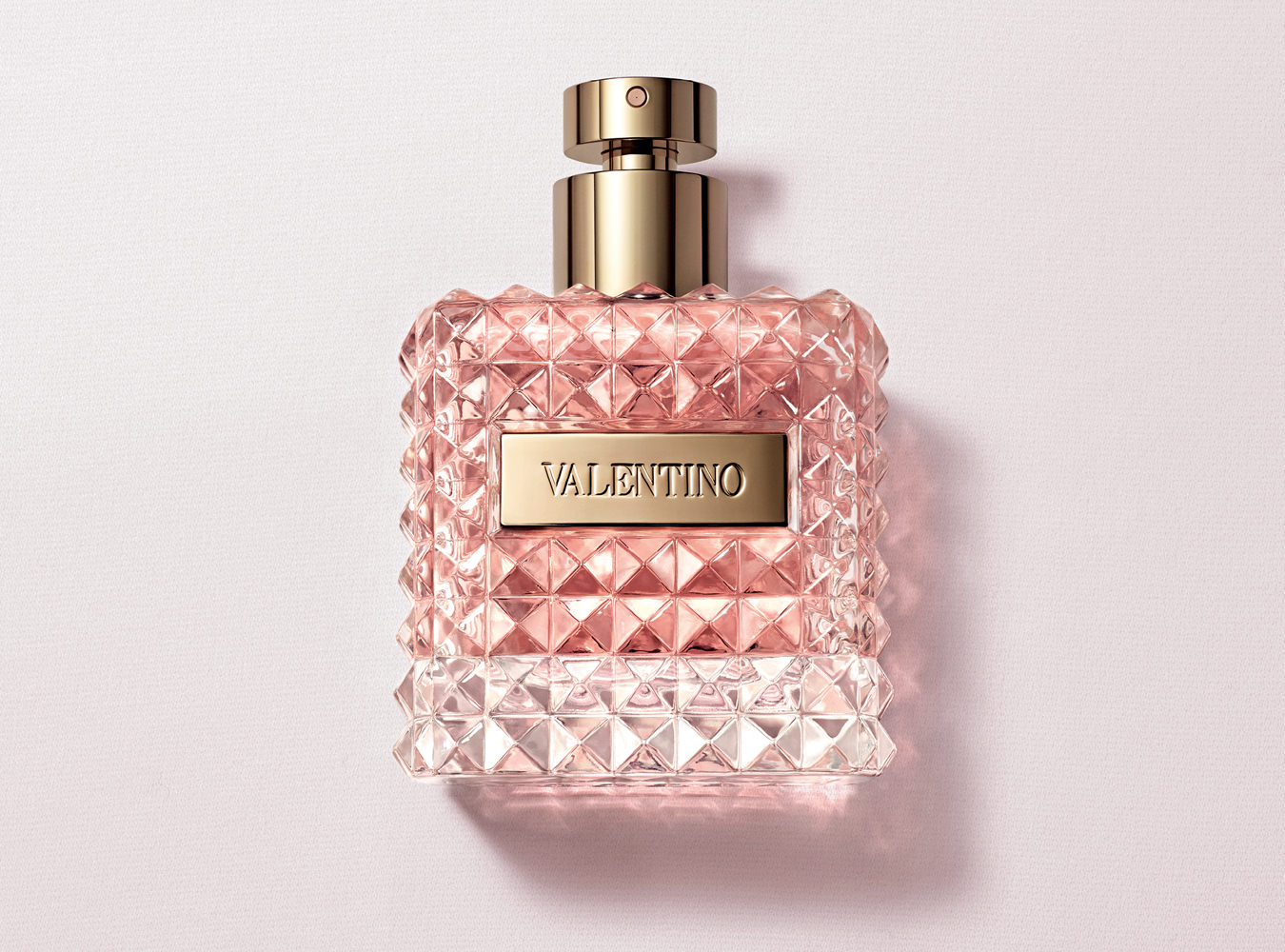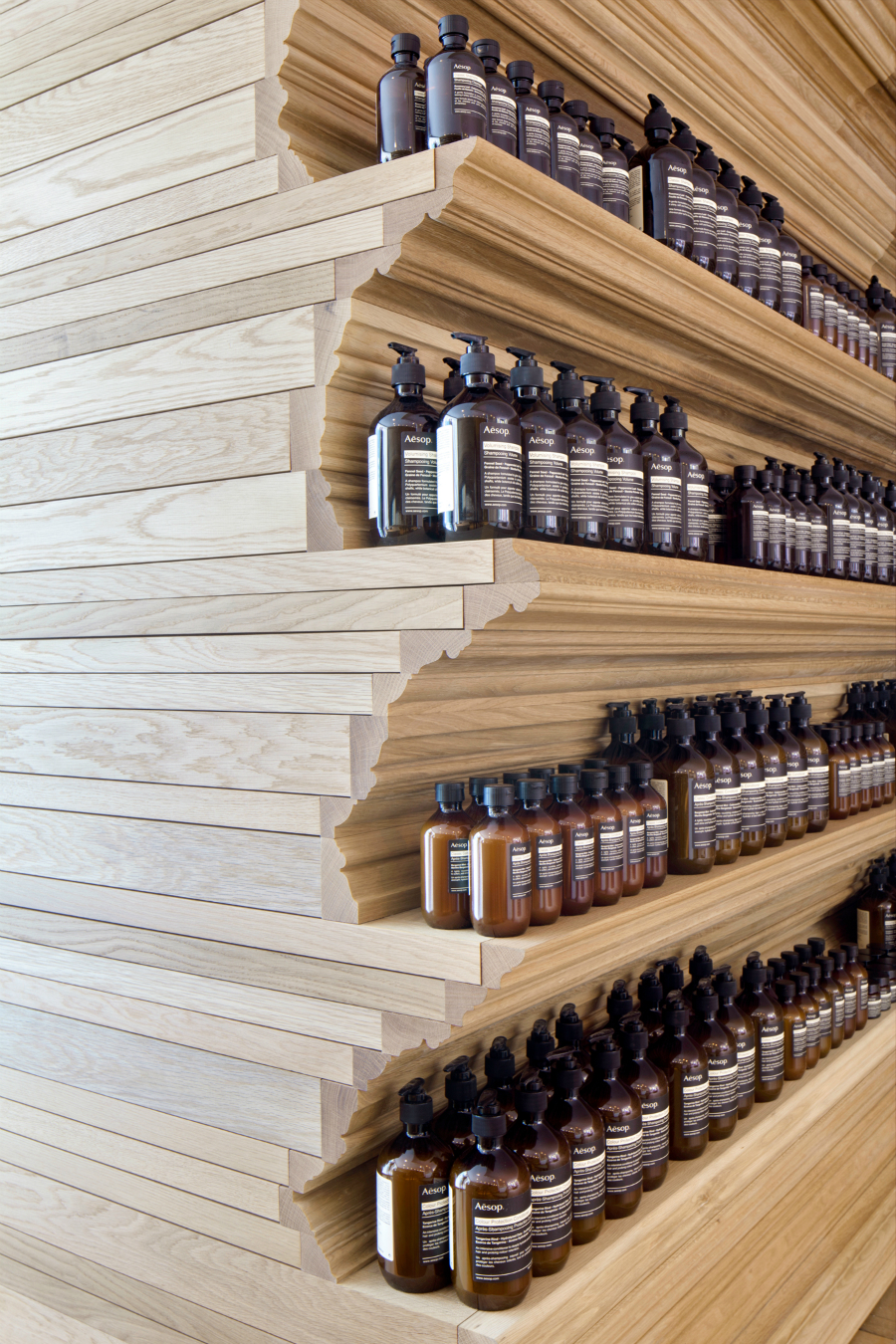Valentino Donna
French flair, Italian soul.

Over time, scents become memories just as routines morph into rituals. They imprint subconsciously until, one day, we catch a whiff of rose petals and are transported to an exact moment, an irreplaceable memory conjured from depths unknown. Or we spray perfume on our left wrist each morning, month after month, until years have passed and we realize it is now a daily rite.
Perfumers Sonia Constant and Antoine Maisondieu know these intuitions well. Their careers—part science, part art—necessitate tapping into scent memory on a daily basis. As the noses behind the new fragrance Valentino Donna, Constant and Maisondieu combined forces to craft a scent that embodies the classic traits of Valentino’s world of grace and delicacy, with a flourish of Parisian romance.
Christian Dior once said, “A woman’s perfume tells more about her than her handwriting,” but the final product is as personal to the perfumers as it is to each who wear it. With that in mind, Valentino Donna comes with a prestigious authorship.
“This fragrance comes a lot from nature,” notes Maisondieu, seated in a sumptuous room of the Hôtel Salomon de Rothschild in the heart of Paris. The Grasse-born perfumer pursued law before turning to fragrance, and went on to study at the legendary Givaudan Perfumery School. Maisondieu also happens to be the grandson of French philosopher Albert Camus; a fundamental poeticism runs in the family. “For my process, I try to find my nearest correspondence and references,” he says. “But it has to be personal; otherwise I won’t be able to produce the idea.” This can include past experiences and memories, people, and places. “I need to also see the face of that person—it’s important to tell yourself a story while developing the scent.” In the instance of Valentino Donna, that person is chiselled-cheekbone Parisian actress Àstrid Bergès-Frisbey, who was chosen by Valentino’s head designers, Maria Grazia Chiuri and Pierpaolo Piccioli, as the face of the fragrance.
For Constant, who also studied at Givaudan and has a lengthy list of perfumes to her name, inspiration is taken from reality with a dose of make-believe added in. “At the beginning, I try to find some identity to [the fragrance],” she says. “But I also did some acting when I was younger, so I love to transform into and become this woman for the perfume.” For a label whose fashion identity is rich with Italian spirito, the scent is clearly imbued with French esprit.
In line with these ideas comes a new approach to the classic essence of rose. “We decided to modernize the rose, to make [the scent] more gourmand, more addictive.” Valentino Donna has been interpreted as “mercurial”, but it is also fresh and warm, sweet and rich, floral and sexy. It has top notes of bergamot, middle notes of rose and iris—the symbol of the city of Florence, beloved by Marie de’ Médicis—and the scent finishes with a base of leather, patchouli, and vanilla. The overarching aura of sweetness is elevated: more candied rose petal than pink bubble gum. Packaged in a clear, prism-studded square bottle, the casing allows for the blush-pink hue of the liquid to be on full display. (Valentino Donna, distributed by Puig, was released in Europe last fall and debuts in North America this April.)
The final product is a beauty to behold, but never underestimate the creators’ hard work. “You know, it’s very French, that characteristic—to never be happy with what you have,” Maisondieu explains. “I think that’s why luxury is so French, because we are always saying, ‘Uh, it’s okay, but this is not the best.’ So you get pissed off and you go back and say, ‘Change this,’ but then it is actually pushing the new idea to make product that’s haute luxury, and make everything perfect,” he says earnestly. “Italians are like that too, but a little bit different. I think they are more instinctive.”
How, then, do Maisondieu and Constant know when the scent itself is finished? “Someone has to tell us,” says Maisondieu. “I had this experience once, when [the client] said, ‘Okay, you decide,’ and at first I can’t. Then, it looks good to me. Then, I pushed it further and further—because you can always make it better, you can always keep working. But sometimes you don’t know when to stop. For me it’s very difficult to stop.”

